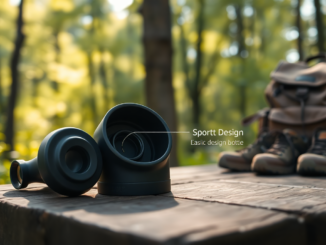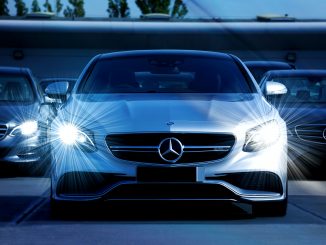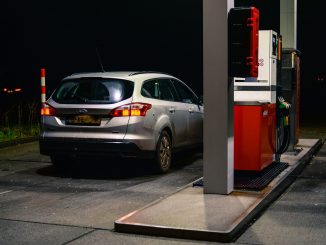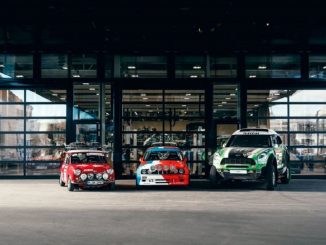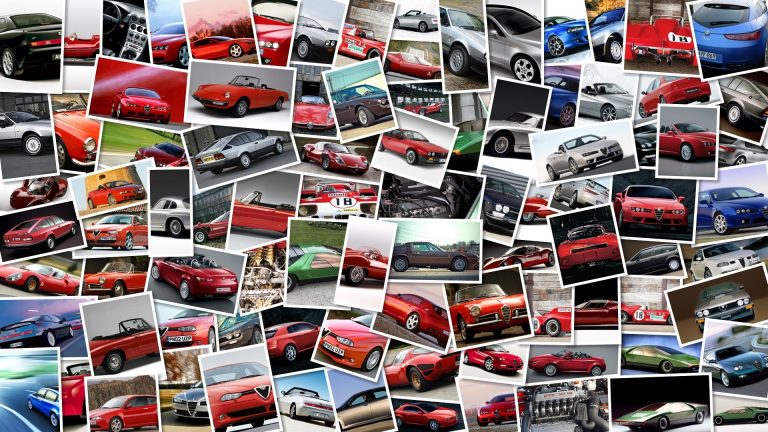
Italy’s Villa d’Este Concorso d’Eleganza for automobiles is a world famous concours hosting some of the most beautiful concept and vintage cars you’ll ever see.
To give you an idea, the 2011 Villa d’Este event will host a new Aston Martin-Zagato concept and a one-off Ferrari built specially for an American collector.
And now we’ll see the inaugural Villa d’Este motorcycles space on the shores of Lake Como.
The gardens of the Gran Hotel Villa d’Este and the Villa Erba in Cernobbio will also host 35 motorcycles from 1910 until today in five different categories including concept motorcycles and examples of innovative motorcycle design over the years.
The categories and the bikes on show are as follows:Class A Pioneers, pre-1917 motorcycles– F.
N.
5 hp, 1910 Belgium – four-cylinder motorcycle made by F.
N which originally produced arms and ammunition.
– Pierce Four, 1910 USA – Inspired by the F.
N, the Pierce had a four-cylinder, 4-hp engine and top speed of 97 km/hr.
– Wilkinson Touring Auto Cycle, 1910 UK – Designed by PG Tacchi, it was a revolutionary bike built on a Gran Turismo platform.
– Husqvarna Moto-Reve, 1910 Sweden – equipped with a 274 cc twin-cylinder, it was the first Husqvarna branded bike.
– Militaire Autocycle, 1915 USA – Defined by the company itself as a “car with two wheels” it had an automobile-style aluminium steering system and a four cylinder engine.
– Pope Twin, 1916 USA – using a V-Twin engine and valve heads it had about 25 hp.
Rear suspension was innovative – a bike subsequently copied by many manufacturers.
Class B “Design and Technology” 1920-1930- Wooler Model B, 1920 UK – Using a 346 cc twin cylinder, it had 2.
75 hp of power but was famous for its efficiency.
In one test from that time, this model apparently ran 500 km on five litres of fuel.
Maximum speed was 100 km/hr and it weighed 76 kg.
– DKW ZSW 500, 1928 Germany – this was one of the original liquid cooled engines.
It used a 15 hp twin-cylinder two-stroke engine which made way for DKW to enter the world of car production.
– Ascot-Pullin, 1930 UK – a revolutionary bike with a 498cc engine it had a three-speed gearbox.
It was the first motorcycle to use a hydraulic brakes system.
– MGC, 1932 France – an aluminium chassis was used for the first time on this motorcycle which also incorporated the fuel tank.
– Ardie RBK 503 Meran, 1934 Germany – with a 499 cc engine this bike had 22 hp.
– Alcyon 306A, 1936 France – 346 cc, 16 hp and 110 km/h.
Class C “Glamour”- Brough Superior Four Sidecar, 1932 UK – a refined side car, it used an Austin 800cc engine to drive the rear wheels and had a seven-speed gearbox.
It was considered a classy example with liquid cooling, electric ignition and a central differential.
– BMW R17 Sidecar, 1936 Germany – the first hydraulic telescopic fork was introduced by BMW on the R17.
The sidecar had a twin-cylinder, 736 cc boxer engine with 33 hp.
– Indian 4, 1937 USA – Produced from 1928 to 1943 it had a four-cylinder, 1265 cc engine with 30 to 40 hp.
– Harley-Davidson EL, 1938 USA – used a twin-cylinder, 998 cc engine with valve heads and four speeds.
Power was 45 hp.
– Moto Guzzi Falcone Corazzieri, 1957 Italy – this was a more luxury motorcycle design with a single-cylinder 498 cc bike and electric ignition.
– Clymer-Münch Mammoth IV, 1967 Germany – perhaps the first of the modern maxi bikes, this had a four-cylinder engine, 1,085 cc engine with 50 hp.
It was an exclusive and expensive motorcycle.
Class D “Races and Records”- Dearden-Vincent, 1950 UK – a 998cc supercharged V-Twin designed specially for Red Dearden.
– Moto Guzzi 500-4 cilindri Gran Premio, 1954 Italia – a four-cylinder, 496 cc grand prix bike from Italy.
– BMW World Record sidecar, 1952 Germany – had a 492cc twin cylinder engine.
– Moto Guzzi 350 Bialbero, 1957 Italy – this single-cylinder bike will always be famous for having won five consecutive world championships.
– MV-Agusta 350-4, 1960 Italy – four cylinders and 349 cc.
– Britten V1000, 1993 New Zealand – just ten of these, created by designer John Britten were built and competed in various racers.
One of these is on display at the Guggenheim Museum which has classed it one of the ten most innovative bikes ever.
Class E “Production model icons”- Motom 98 T, 1955 Italy – its single-cylinder 98cc produced 7 hp.
It had four speeds, chain transmission and a top speed of 100 km/hr.
Fuel consumption is apparently just 2.
2 l/100 km.
– Aermacchi Chimera 250, 1955 Italy – one of the most interesting bikes of this era.
It had unusual fairing designed by Revelli and under the futuristic livery there was a single-cylinder 246cc engine.
– Velocette Vogue 200, 1963 England – a completely faired sports bike with an LE double headlight, it was a comfortable and versatile bike that gave way to some of what we see today on maxi scooters.
– Norton Commando 750, 1968 UK – a real object of desire for bikers of this era.
It had an in-line, single-cylinder 745 cc engine.
– Triumph X-75 Hurricane, 1973 UK – a real special of which just 1,154 examples were built.
It was famous for its build which incorporated fuel tank, fairing and tail all in one piece.
It had a 741-cc three-cylinder.
– MV Agusta 350 S Ipotesi, 1975 Italy – this design came from Giorgetto Giugiaro and uses a 349-cc twin-cylinder.
Design Prototypes Exhibition- BMW R7, 1934 Germany – a unique concept that foresaw many innovations in design and mechanics.
An 800cc boxer engine from Leonhard Ischinger is used.
– BMW Concept 6, 2010 Germany – the recent concept which introduced the use of BMW’s in-line six cylinder engine on production bikes.
– Husqvarna Mille 3, 2010 Italy – last year’s beautiful concept from EICMA which could become the new Husqvarna flat tracker production model.
– Ducati 500 Twin, 1968 Italy – Concept- Ducati Diavel, 2010 Italia – the new European naked cruising bike made mostly for the US market.

